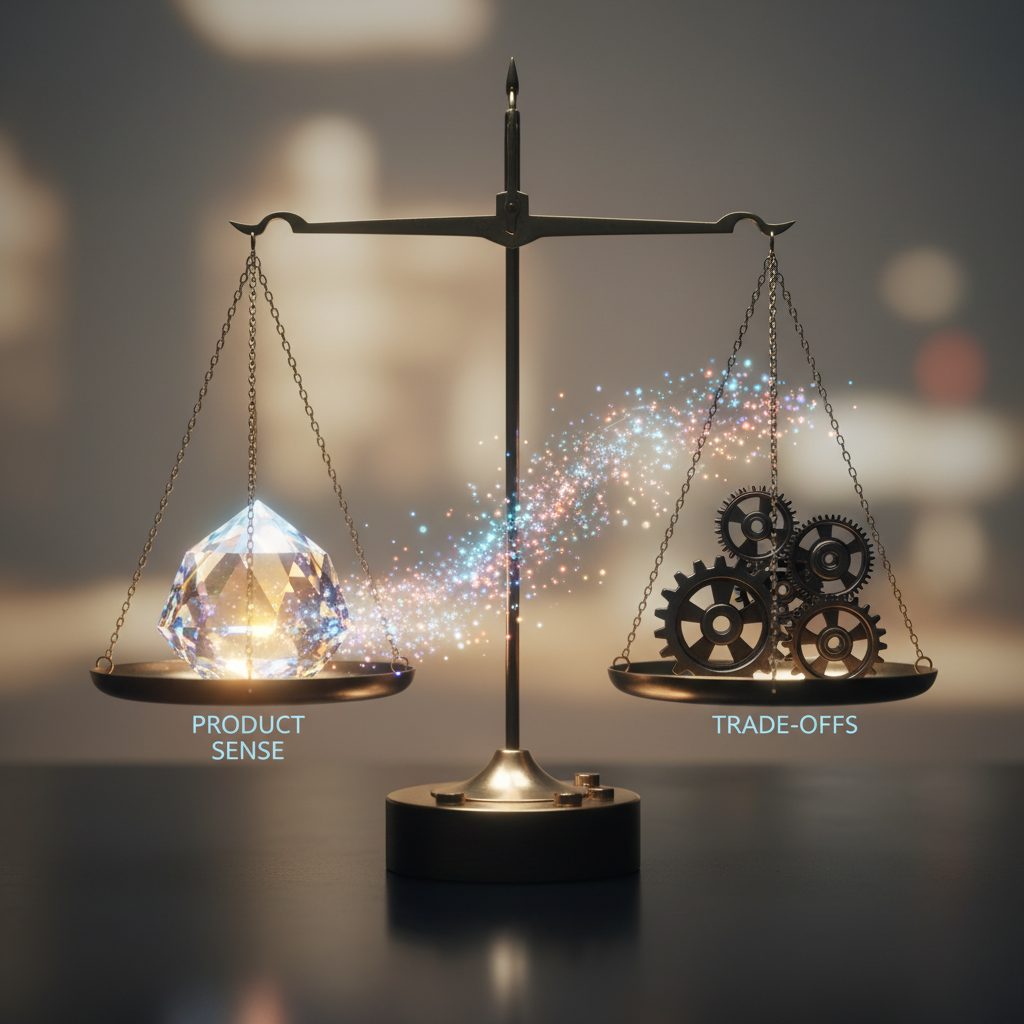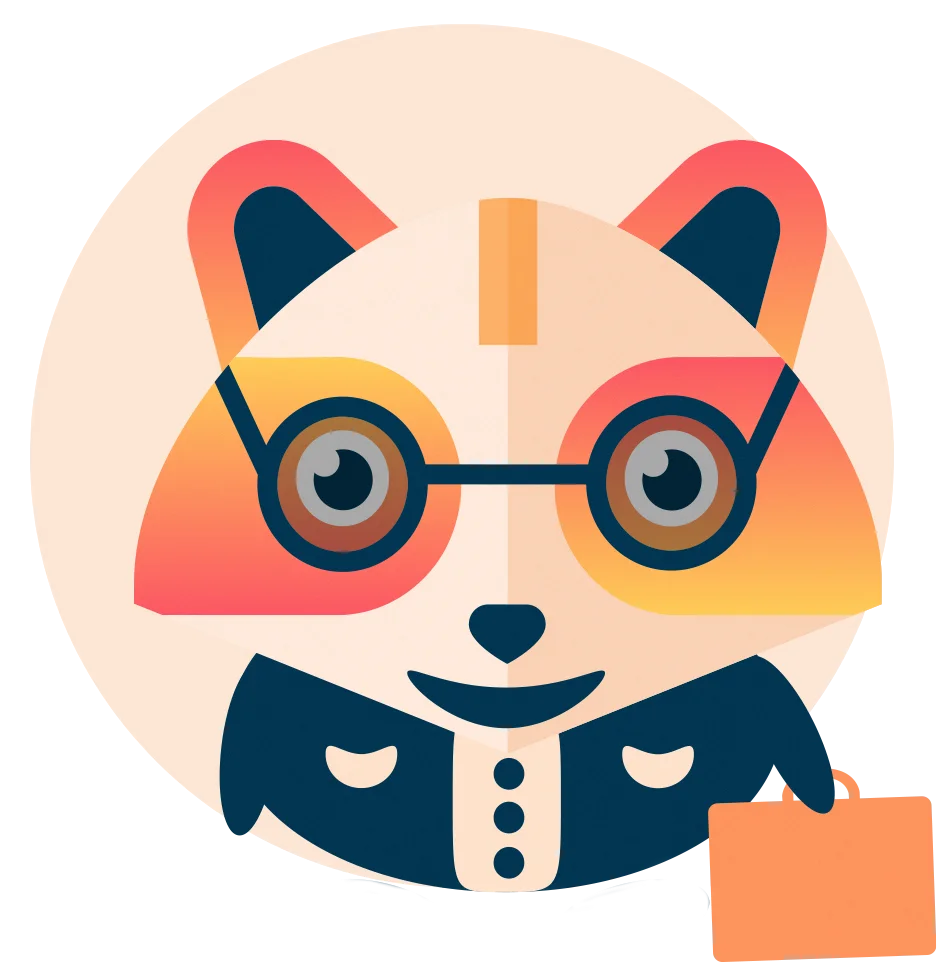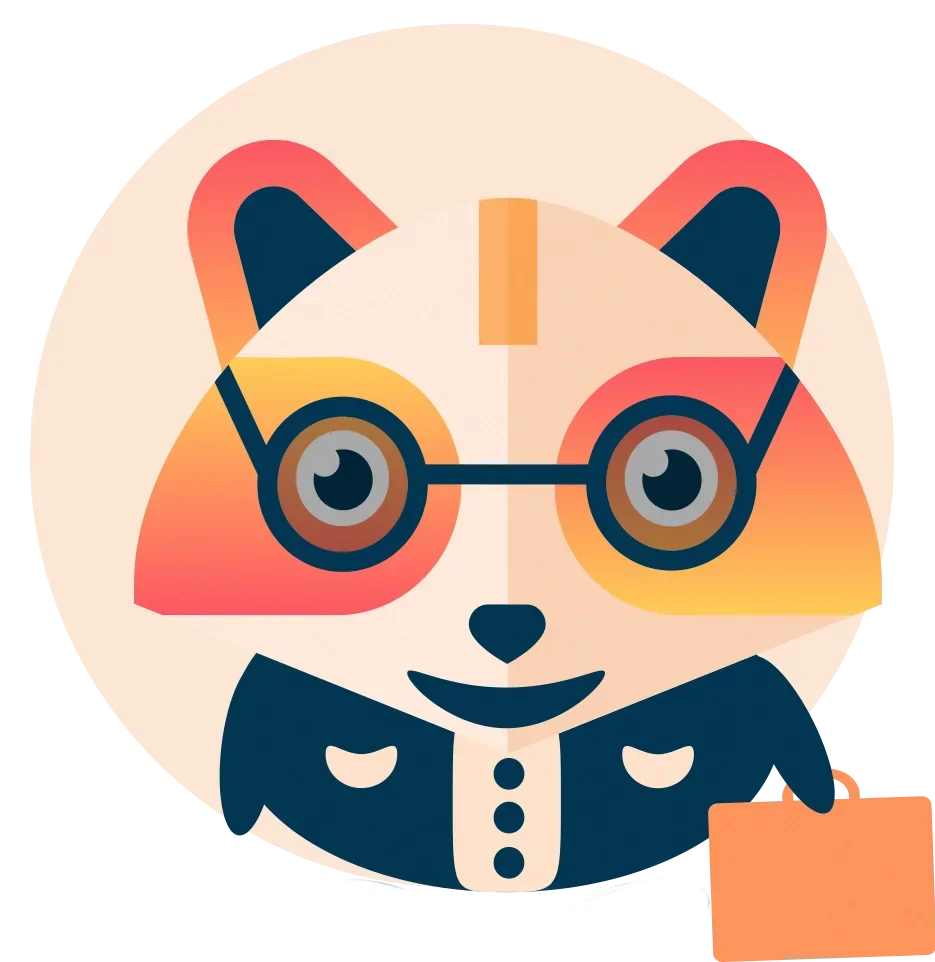Case Interview for Product Roles: Product Sense, Metrics, and Trade‑Offs


Prep smarter with unlimited AI-powered mock interviews. Get real-time, actionable feedback on your product sense, metrics, and trade-off answers. Try Huru for free & build real interview confidence!
Understanding the Product Case Interview Landscape 🌍
Product case interviews are the gold standard for evaluating aspiring and experienced PMs. They test your product sense, your command of key metrics, and your ability to make tough trade-off decisions under pressure. Top companies like Google, Meta, Amazon, and OpenAI use product case interviews to assess not just what you know, but how you think.
In 2025, the expectation goes beyond classic frameworks. Employers want to see structured thinking, creativity, and business acumen—plus the ability to communicate solutions with clarity and empathy.
This guide will help you decode each interview type, build winning frameworks, and integrate real measurement and prioritization strategies. We’ll also connect you to Huru’s PM interview question bank for deeper practice.

Cracking Product Sense: What Do Interviewers Really Want?
Product sense interview questions are designed to reveal how you think about users, needs, and solutions. You may be asked to redesign a common product, improve a broken experience, or launch a new feature.
What are interviewers looking for?
- User obsession: Can you identify core pain points and map user journeys?
- Structured thinking: Do you break down problems systematically and avoid jumping to solutions?
- Strategic vision: Do you consider business goals, competition, and long-term product value?
- Creativity: Are you able to brainstorm and prioritize impactful solutions?
Frameworks matter, but depth, clarity, and empathy matter more. For example, in a Meta product sense interview, you might be asked to “redesign Facebook Groups for college students”—show off your ability to segment users, identify critical needs, and tie features to measurable success.
💡 Key Takeaway
Demonstrate genuine curiosity about users, use structured, step-by-step frameworks, and communicate your reasoning clearly. Reference real-world products and always tie suggestions to measurable impact.
PM Metrics Interview Questions: Tracking Success with Precision 📊
Metrics interviews test whether you can define, track, and interpret the success of a product or feature. Expect prompts like:
- “How would you measure the success of our new messaging app?”
- “What metrics would you track for a product redesign?”
- “How do you know if a product has achieved product-market fit?”
Your answer should cover:
- North Star Metric: The #1 indicator of long-term value (e.g., weekly active users, retention rate).
- Input/Output Metrics: What actions drive your North Star? What outcomes reflect user satisfaction or business growth?
- User Segmentation: Which user groups matter most, and why?
- Quantitative Rigor: Use real numbers, benchmarks, and explain your assumptions.
For more on answering metrics questions and examples, see our Product Manager Interview Questions Answers resource.
💡 Key Takeaway
Always connect metrics to business outcomes and user happiness. Show you can interpret data, spot leading indicators, and adjust tactics when metrics miss targets.
Trade-Off Analysis Interview Questions: Navigating Complexity & Constraints ⚖️
Trade-off analysis interview questions are often the toughest. Interviewers want to see how you prioritize features, allocate resources, and balance competing stakeholder interests.
Typical prompts include:
- “You have bandwidth to ship only one of two high-impact features. Which do you choose, and why?”
- “Executives want growth; users want privacy. How do you decide?”
The best answers:
- Lay out the decision matrix (impact, effort, user value, risk, alignment).
- Map out stakeholder perspectives.
- Explain short- and long-term consequences.
- Reference company goals, user research, and data to guide your choice.
- Describe how you’d communicate and revisit the decision.
Get more actionable examples in our Openai Interview Questions Llm Safety Evals Product Judgment post.
💡 Key Takeaway
Show that you can weigh risks and trade-offs transparently, align decisions with user and business outcomes, and communicate rationale succinctly.
Winning Frameworks for Product Case Interviews: Step-by-Step
Here’s a battle-tested framework for any product case interview:
- Clarify the Problem: Ask clarifying questions and define scope.
- Identify Users & Pain Points: Segment users, map journeys, surface needs.
- Define Success: Choose North Star and supporting metrics.
- Brainstorm & Prioritize Solutions: Apply frameworks like RICE, ICE, or MoSCoW.
- Plan Measurement & Next Steps: Specify how you’ll validate and iterate.
Adapt this framework to the company, product, or market context. Practice is key—simulate diverse scenarios with live AI feedback on Huru.
FAQs: Your Product Case Interview Questions, Answered
Product sense questions focus on your ability to identify user needs, design features, and craft solutions from scratch. Trade-off questions evaluate how you choose between competing priorities, manage constraints, and justify tough decisions.
Use Huru.ai’s AI-powered practice platform for unlimited mock interviews, instant feedback, and tailored improvement plans. You can also record and review your answers to spot areas for growth.
Popular frameworks include RICE (Reach, Impact, Confidence, Effort), ICE (Impact, Confidence, Ease), and MoSCoW (Must have, Should have, Could have, Won’t have). Always explain why a framework fits your scenario.
Startups often focus on scrappy, high-impact solutions and flexibility in resource use. Big tech interviews are more structured, with deeper dives into metrics, data-driven decisions, and stakeholder communication.
💡 Key Takeaway
Product case interviews reward candidates who are relentlessly user-focused, analytically rigorous, and calmly decisive. Show that you can listen, adapt, and make smart decisions under pressure—and you’ll stand out.
Next Steps: Build Confidence with Huru.ai
The best PMs aren’t just great at frameworks—they’re relentless about practice and feedback. Huru’s AI-driven platform offers unlimited mock interviews, instant scoring, and personalized coaching, so you can master every question type.
Ready to build the confidence that lands offers? Start practicing your product case interviews with Huru today!
Elias Oconnor is a content writer at Huru.ai, specializing in actionable advice for career changers, product managers, and ambitious professionals. His writing blends rigorous research, strategic insight, and a passion for empowering job seekers to succeed with confidence.


 Nov 12,2025
Nov 12,2025  By Elias Oconnor
By Elias Oconnor